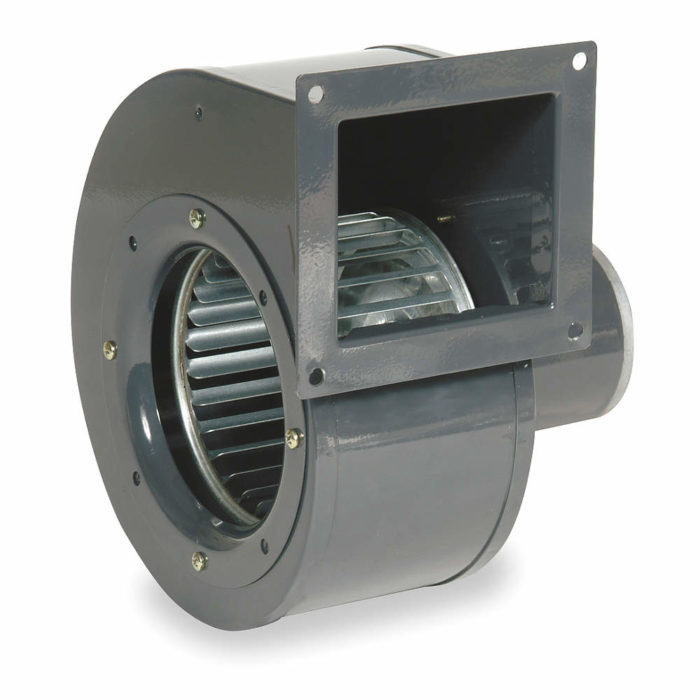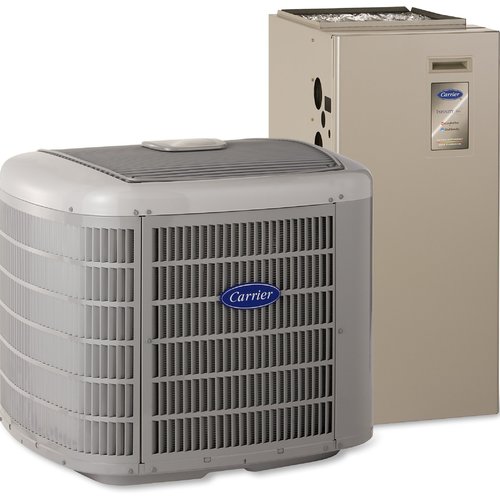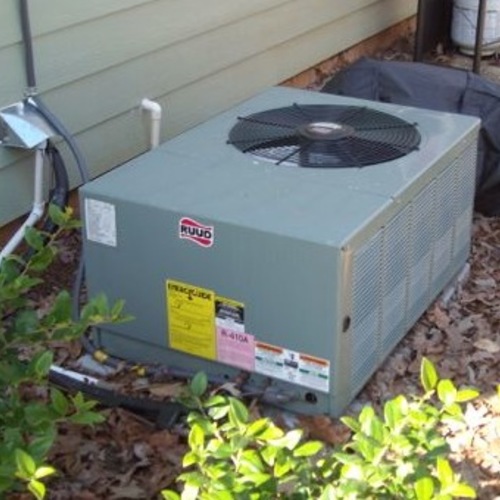Image Credit: Image #1: Grainger catalog
Image Credit: Image #1: Grainger catalog Conditioned air in a home starts by getting pulled into the return side of the duct system. After moving through the air handler or furnace, it gets pushed into the supply ducts to be distributed throughout the home.
Image Credit: Image #2: Energy Vanguard
We live in this invisible stuff called air. (But of course you knew that.) We pump it into and out of our lungs. We exhaust it from our bathrooms and kitchens. We cycle it through our heating and air conditioning systems. If we’re lucky, we live in a home that even brings outdoor air inside as part of a whole-house ventilation system. But we’re missing something.
Air seems insignificant. Even though we’re immersed in this fluid continuously, it seems to have no substance. After all, we move through it without noticing it most of the time. But air really is quite substantial. It has weight. It requires work to move it around. It takes energy, even when we’re not heating or cooling it.
Let me see if I can help you get a feel for the weight of air. If you live in a home with a forced air heating or cooling system, that system has a blower. The one shown above is typical. It pulls air through the return ducts and into the furnace or air handler. There, it does its heating or cooling magic and sends the air on its merry way back to you through the supply ducts.
A fairly typical size for a blower is one that moves 1,000 cubic feet per minute (cfm). How many pounds of air would it move in a day if it runs continuously? Before you scroll down to look at the answer, though, really think about this. Come up with a guess in your mind. How many pounds of air does your air handler move in one day? Write it down.
Got that number? Good. Let’s find out how close you are. We just need to do a little bit of easy arithmetic.
We may as well begin with volume. If our air handler runs every minute of the day, that would be:
Run time = 24 hours x 60 minutes per hour = 1,440 minutes per day
So how many cubic feet of air does our 1,000 cfm blower move in a day?
Daily volume = 1,000 cubic feet per minute x 1,440 minutes per day = 1,440,000 cubic feet per day
A cubic foot is about the size of a milk crate. Imagine nearly 1.5 million milk crates of air going through your air handler in one day!
So what’s the weight of that 1.44 million cubic feet of air? We need the density of air to find that number. As it turns out, the density of air varies. It changes with your location on the planet. It changes with your height above (or below) sea level. It changes with temperature. It changes with humidity. It changes with… Well, you get the idea.
Let’s take a number at sea level that’s a pretty good average density for air. And let’s make it easy by using only two significant figures:
Density of air = 0.075 pounds per cubic foot
Now it should be easy to see the last step.
Daily weight = (0.075 pounds per cubic foot) x (1,440,000 cubic feet per day) = 108,000 pounds per day
We have an easier unit to use when we get up to that many pounds, though. Let’s convert to tons:
108,000 pounds per day ÷ 2,000 pounds per ton = 54 tons per day
And there we have the answer to our title question. Well, we have an answer that corresponds to the assumptions we made anyway. The biggest one is the number of hours per day the system runs. If yours runs continuously, you’re probably wasting energy and possibly turning your house into a mold factory.
If your system runs half the hours in a day, though, the result would be half the number we got above, 27 tons of air per day. Even if your system runs only 15 minutes each hour, or 25% of the time, your system would still be moving over 13 tons of air per day. (Of course, you know that we’re talking actual tons here and this has nothing to do with the tons of cooling capacity of your air conditioner.)
But let’s go back to the second question I asked: Under what conditions would your 2.5 ton air conditioner move exactly 2.5 tons of air? At 54 tons per 1,440 minutes, it would take 1 hour 6 minutes and 40 seconds to move 2.5 tons of air. That means the AC would have to run less than 5% of the time. Even the worst offenders in oversized air conditioners aren’t that bad.
This little exercise should give you more respect for air now that you know how much weight it carries.
Allison Bailes of Decatur, Georgia, is a speaker, writer, building science consultant, and the author of the Energy Vanguard Blog. You can follow him on Twitter at @EnergyVanguard.
Weekly Newsletter
Get building science and energy efficiency advice, plus special offers, in your inbox.
















One Comment
Couldn't help myself
As a home performance professional that also does a little bit of SCUBA diving I find this quite fascinating and couldn't help but wonder what the weight of air in the average house is. Average or not, I went with the 12,672 cubes in a typical Habitat for Humanity house on a conditioned crawl. This came to 950.4 pounds, that's almost half a ton of air. With that in mind the fact that air is pushing against us with about 14.7 PSI of force (at sea level) sounds more reasonable. Divide that 0.47 tons into the 13 tons of air for a 1000 CFM blower running at 25% (a likely scenario in a well insulated house this size) and the blower is only moving all the air in the house about 27 times. I thought that compared to all the other numbers here that one actually seemed kind of small.
Log in or create an account to post a comment.
Sign up Log in